Lymph Detox – Why Is It Important in the Current Scenario (2025)?

The lymph system has a two-fold function: transport and immune. Its transport function helps us to maintain homeostasis by draining interstitial fluid and transporting dietary fats and fat-soluble vitamins, such as A, D, E and K, from the digestive tract to the blood. Additionally, it returns the proteins that escape from the blood vessels into the interstitial fluid back to the blood. The immune function of lymph includes multiple super-sophisticated macro and micro mechanisms that jointly help us survive and thrive in a world full of constantly mutating microorganisms.
Did you know that our bodies are exposed to almost 80,000+ contaminants daily through our food and air, along with the chemicals that are produced by our cells daily? Many of these toxins are processed out by our lymph. In addition to playing a central role in maintaining the fluid balance and immune processes, the lymphatic system is a sewer system through which the toxic by-products of bacteria, viruses, microorganisms, cells, and other toxins are eliminated.
In this article, we will talk about this important system, its functions, what can clog it, what happens if we get exposed to foreign microorganisms, holistic methods for lymph cleansing, and effective detoxification formulas that can help you to cleanse your lymph system.
A lot of things to cover, so without further ado, let’s get started!
Lymph System – What Is It? How Does It Function?
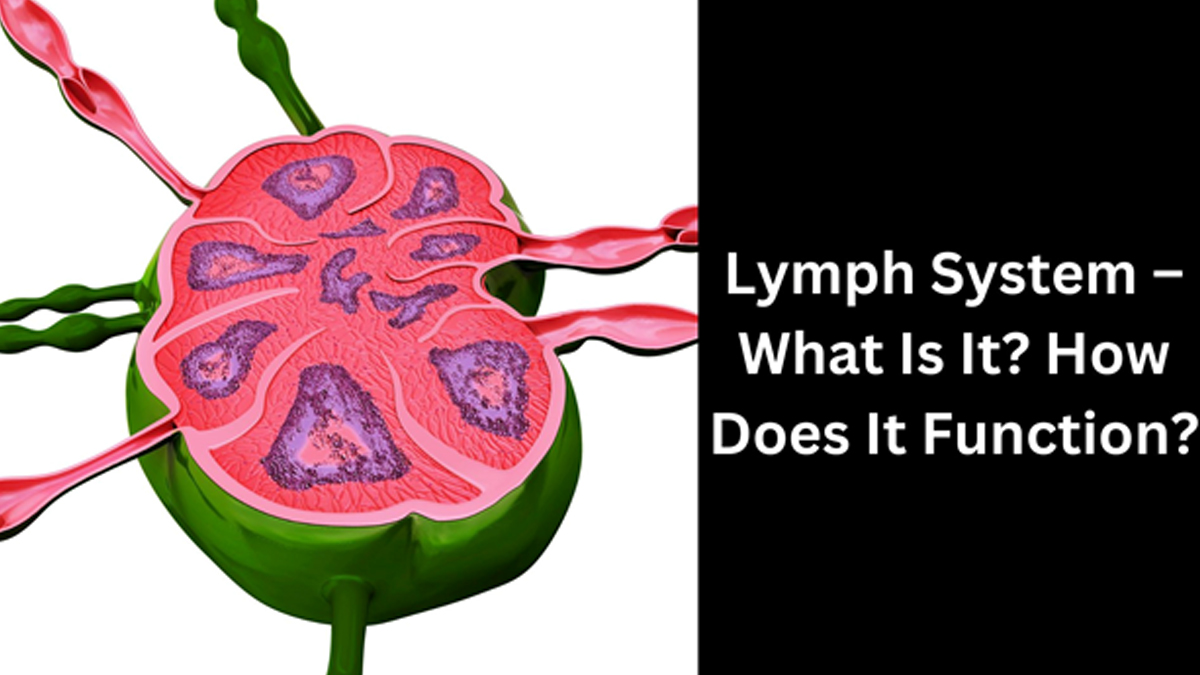
The lymphatic system is a nexus (network) that consist of very sensitive tubes that carry white (colourless) liquid known as lymph. Its main role is to deliver the liquid from the interstitial fluid between cells back to your bloodstream. Did you know that around 20 litres of plasma (liquid portion of the blood) are circulated in our body daily through blood vessels and capillaries? Only 17 litres are returned to the bloodstream for blood circulation through the veins. What about the remaining three litres? The remaining three litres “escape” the arteries and seep through the tissue into the interstitial fluid between our cells. Then, the lymphatic system collects the remaining plasma (now called lymph), filters the liquid with the help of lymph nodes, and returns it to blood circulation.
Functions of the Lymph System
The lymph system’s first and most important function is maintaining the fluid volume in our body. The inability of the body to maintain a proper fluid balance may lead to cellular dehydration when the fluid output from the body is much higher than the input. As explained above, the lymph system regulates fluids escaping the arteries.
Lymph capillaries are designed so the interstitial fluid may go in but not out. When the fluid fills the capillaries, they widen to take in more.
Lymph capillaries, just like blood capillaries, join together into the lymph vessels. In the vessels, the fluid passes through the lymph nodes. These lymph nodes filter the impure fluids, excess fat, and protein and return them to blood circulation. This way, lymph fulfills its essential function of waste and old cells removal.
The lymph vessels collect into large vessels called ducts that eventually drain into two large veins at the base of our neck. This venous blood is carried to the heart and then to the lungs for purification from toxic gases.
The second function of the lymph is transporting fats and excess protein from the intestine fluids into the blood. The lymph that collects fats from the small intestine looks creamy white, due to the presence of fats. This is the only place in the body, where the lymph is not transparent.
The third main function is the production of WBC (White Blood Cells). The medical term for WBC is known as lymphocytes. It is also responsible for producing other immune cells that play an important role in protecting you from viruses and foreign bacteria.
Immune System has a “memory,” which records the characteristics of the previous microbial organism that invaded your body. This helps it to classify the microbes when they attack your body and take necessary action to minimize the effect and to increase the speed or recognition of the microbes in your system.
Our immune system consists of various sub-systems, which are as:
- Lymphatic system
- WBC (White Blood Cells)
- Complement system
- Antibodies
- Bone marrow
- Spleen
- Thymus
What May Negatively Impact Lymphatic System?
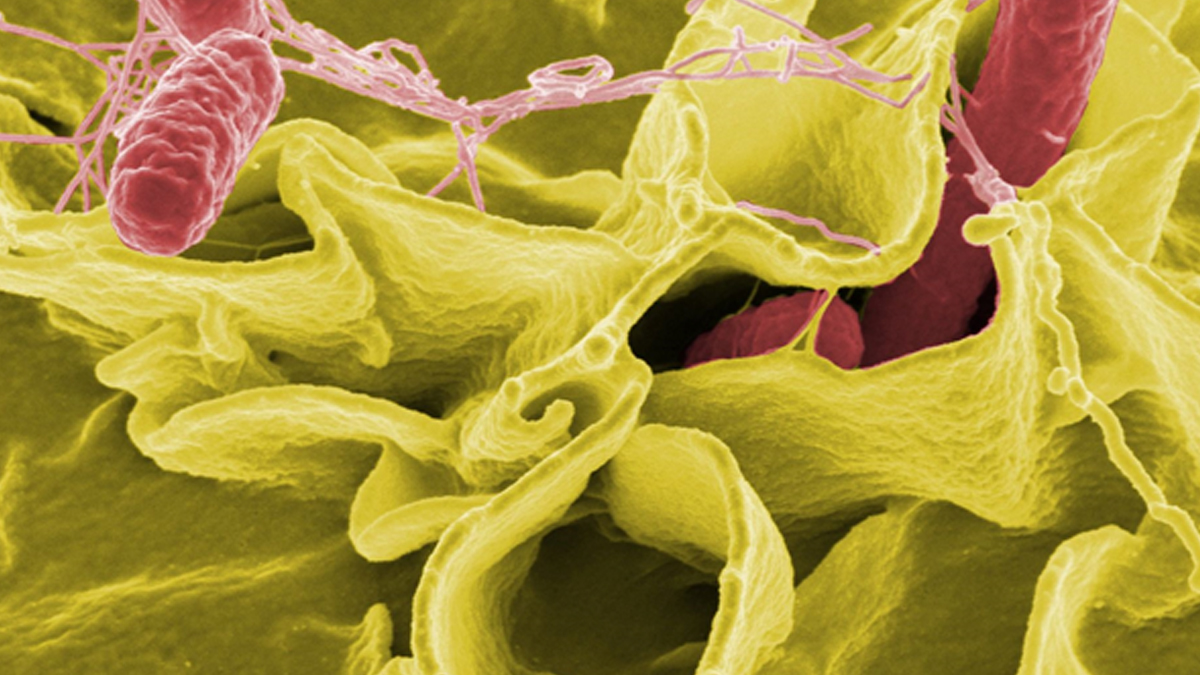
Being the body’s sewer system, if overwhelmed, the lymph can become a cesspool of toxins and start spreading them throughout the body. When lymph’s function is compromised, this may lead to a variety mild to advanced conditions, including Tonsillitis (inflammation of the throat), Castleman disease (benign overgrowth of the cells in the lymph nodes), lymphatic filariasis (a parasite that causes the lymphatic system malfunction) and cancer metastasis.
Here are a few symptoms and conditions that may occur in the lymphatic system:
- Lymphadenopathy, or swelling of a lymph node(s). It may happen due to inflammation, infection, or cancer. What type of infection may cause enlarged lymph nodes? Anywhere from throat and skin infections to HIV.
- Lymphedema – tissue swelling due to a blockage in the lymph system. Mild lymphedema may occur from sluggish lymph. The person would have swollen legs or hands. The cause of such swelling is slowly moving lymph, largely affected long-term inactivity and a sedentary lifestyle.In more advanced cases, lymphedema can become life threatening and involve vital organs, such as heart or lungs. One of the main causes of severe lymphedema is the formation of scar tissue when the lymph node gets damaged, which commonly happens when a cancer patient undergoes chemotherapy and radiation. The radiation can damage the lymph nodes, and when the affected nodes are removed, it tends to leave scars, which can cause lymphedema. The blockage leads to the build-up of the liquid and can lead to severe deep skin infections that can be seen in the patient’s legs and arms.
- Lymphoma – or in simple terms, cancer of lymph nodes. In this condition there is an excess of lymphocytes (a type of WBC), which multiply uncontrollably and start invading other tissues. When they reach a certain level of growth, it can block the lymph vessels and get in the way of lymph flowing through the lymph nodes.
Symptoms of Lymphoma
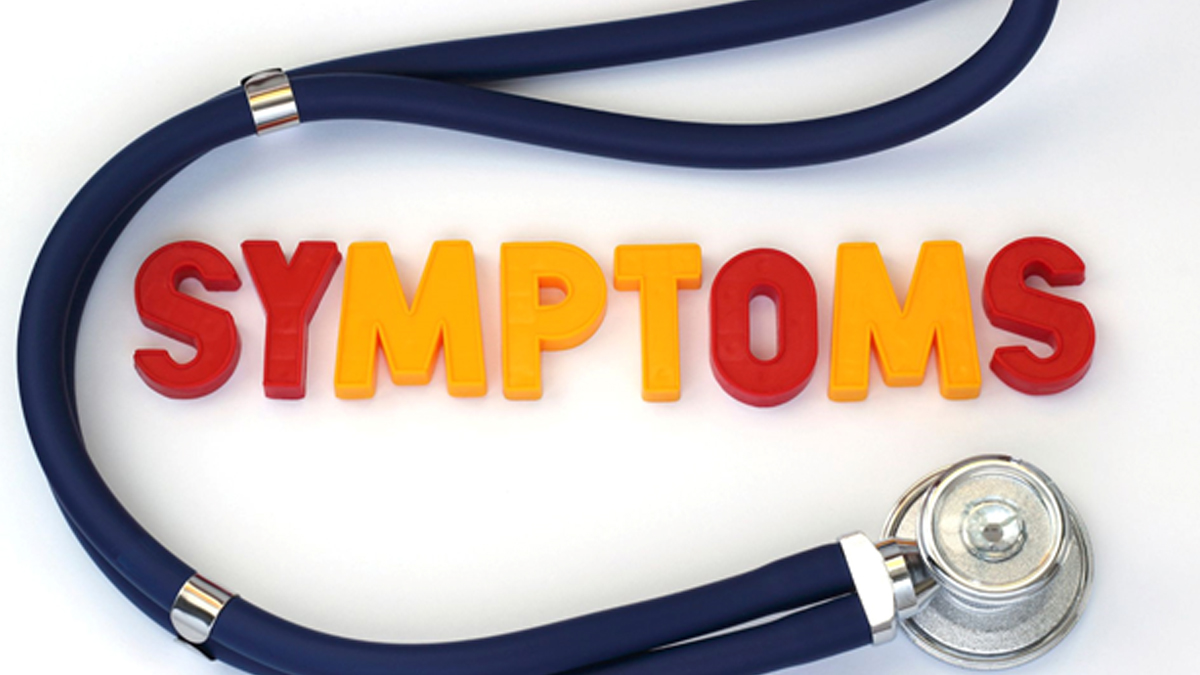
Lymphoma is cancer in the lymph nodes. The main types of lymphoma are:
- Hodgkin’s lymphoma – begins in upper body (chest, neck, armpits).
- Non-Hodgkin’s lymphoma – begins in lymph nodes in any other part of the body and progresses in a less predictably way.
The following are the potential symptoms of lymphoma:
-
- Swelling lymph nodes under the neck or groin. This swelling is usually painless and sometimes causes irritation of the tissues surrounding the lymph nodes.
- Fever – frequent and persistent fever, with excessive sweating, along with other symptoms below.
- Frequent fatigue – the person is out of energy, even though not exerting too much.
- Being out of breath – due to the blockage in the nostrils or throat. Shortage of breath does not necessarily indicate the presence of lymphoma, but it is one of the symptoms.
- Sudden weight loss – often symptoms of various cancers.
- Skin-related issues – itchy skin, skin eruptions and other skin problems.
IMPORTANT! Swollen lymph nodes in the neck or groin are the most specific symptoms of lymphoma and are typically present on and off prior to the disease’s onset. Swelling of the lymph node, as mentioned before means it’s blockage and should not be ignored. Physical causes of disease in most cases can be prevented, if you pay attention to the body symptoms and ensure that the affected system function is improved, and it is cleansed.
How Does the Lymph Cleanse Itself Naturally When it Function Properly?
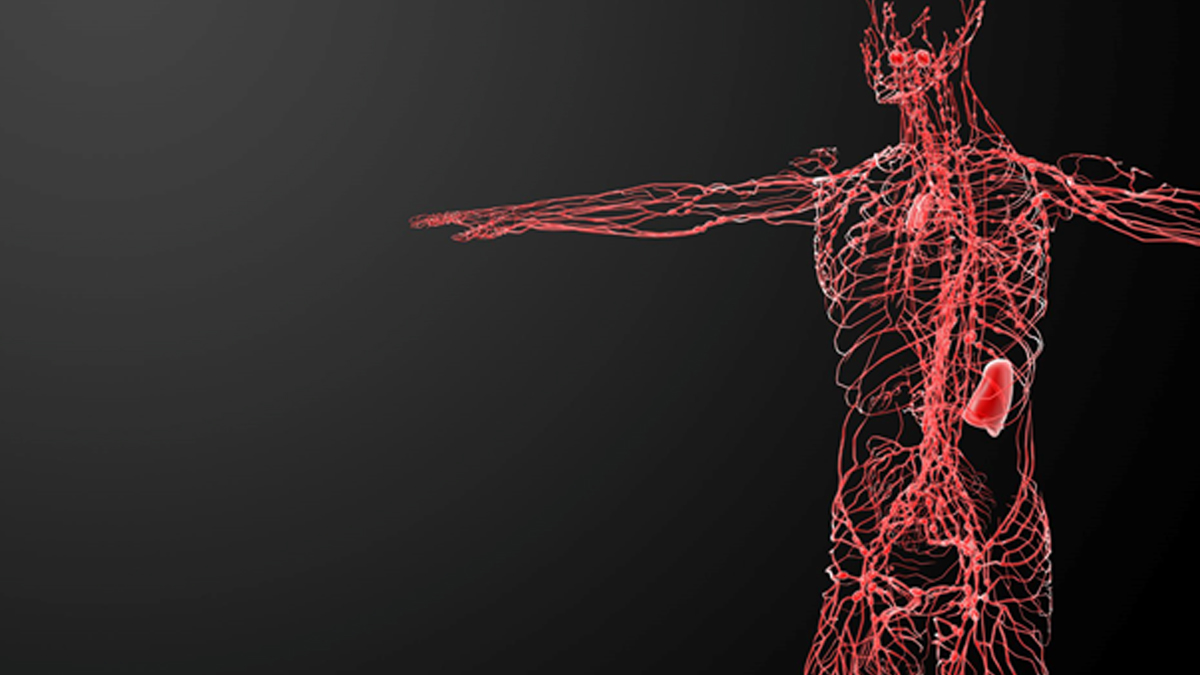
The lymphatic system does not have a pump system like the heart, then how can it cleanse itself? The lymphatic system uses muscle contraction and breathing. These two pumps help the lymph enter the venous circulation system and liver for filtration. Additionally, the lymph cleanses itself through sweating.
Approximately 70% of the lymph vessels are near the skin, and the remaining 30% surround our organs. The lymph capillaries near the skin go along the veins, and the ones around organs wrap around arteries. Eliminating toxins via sweat helps the lymph to be healthy and work properly. Regular exercise assists in this process and will ensure the toxins are out of your system.
What are the Signs of Toxins Build-Up in Your Lymph?

Common signs indicate that your lymph is stagnant and may need some cleansing:
- Allergies
- Lack of mental clarity
- Frequent, prolonged fatigue
- Being prone to colds and flues
- Headaches and migraines, not caused by injuries
- For women, menstrual cramps and breast tenderness
- Sinusitis and excess phlegm
- Edema (tissue swelling)
- Frequent mood swings
- Arthritis
- Frequent leg itchiness
- Skin prone to acne and boils
- Cellulite
- Swollen lymph nodes
NOTE: Tenderness and swelling mean there is inflammation in the affected area. This happens when the lymph nodes are clogged with toxins.
When the nodes are clogged, and the body will look for ways to eliminate the waste, and one of those ways is phlegm cough with mucus secretion. The morning mucus can be one of the signs that tell that our body is loaded with toxins. A runny nose or stuffed sinuses are symptoms of stagnant lymph.
How Do You Improve the Function of the Lymphatic System, aka Lymph Detox?
Lymph detoxing may be done with the use of herbs known as “blood purifiers.” The main function of these lymph herbs is to enhance the lymphatic flow. This helps remove excess fluids and protein and replacing them with new lymph.
Some of the lymph herbs are:
- Red clover
- Burdock rock
- Cleavers
- Calendula
- Echinacea
- Astragalus
- Goldenseal
- Poke root
- Dandelion
- Devil’s claw
- Nettle
Rebounder– One of the best ways to detox your lymphatic system. Rebounder exercises activate our muscle pump and thus improve lymph circulation and detoxification. Other exercises including jumping, such as skipping rope and jumping jacks are also super beneficial.
Deep breathing exercises activate your breathing pump and are another great method of lymph detoxification. Calabati and Bhastrika are also great for lymph cleanse, because they activate your diaphragm.
How to Support Your Lymph Health Naturally
1. Increase Good Fats, Decrease Bad Fats

Saturated fast provoke allergies and are immune suppressant. All processed and animal foods contain them. Unsaturated fats, contained in fresh fruits and vegetables, especially greens, ginger, and garlic, are anti-inflammatory good for lymph detoxification. Inclusion in your diet of cold-pressed polyunsaturated oils, such as hemp and flax, is amazing aid for your immune system. Just be aware that due to rapid speed of oxidation, you need to keep them in the fridge, consume within short period of time, and of course, do not use them for cooking.
2. Hydrate Yourself

This can be said for any organ or system but is especially important for such water-dependent systems as lymph. Water consumption is one of the most important things for every living organism. Water improves circulation and is also good for detoxing the lymph. If there is any micro-blockage in the system, water can flush it out. Put a 2-lit jar on your desk, and remember to reach for the water as you work. This way, you’ll ensure you finish the minimum required amount by the end of your work day and do a quality lymph detoxification.
3. Exercise Regularly
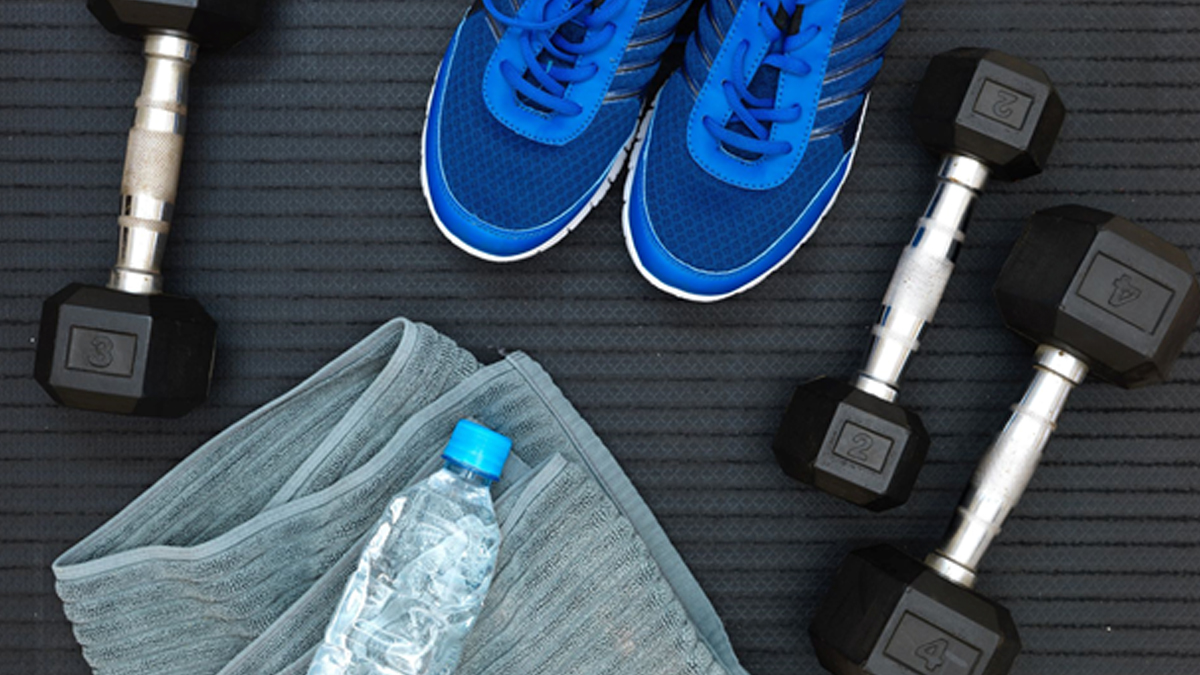
Your lymph system can be compared with a conveyor belt. On that conveyer belt, there is food, and there is garbage. If the conveyer belt moves slowly, the food starts rotting, and the toxins are eliminated slowly. This happens if you do not exercise or never exert yourself, as your blood and lymph do not circulate fast enough.
If you work out and sweat daily, the muscles exert the correct amount of pressure on the organs, including the lymphatic system, and make them pump more efficiently and produce an effective for lymph detox regularly. If you have good joint health and mobility, choose running vs walking, old-fashioned bike vs the electric one, balance your alpine skiing with some cross-country, and remember to include gym workouts if you do lots of yoga. As a result, your lymph will get excellent muscle “pump” action, essential for your lymph conveyer to move fast and perform its job.
4. Wear Comfortable Clothing
Restrictive clothing (pantyhose, underwire bras, tight jeans and shoes) – prevents lymph flow to various organs and tissues. Long-term side effects of poor lymph circulation may include breast tumours and cancer, Non-Hodgkin’s lymphoma and other quite advanced issues. Short term – it may manifest in swollen lymph nodes, pimples and boils, which are signs or poor lymph drainage.
Use natural clothing whenever possible. Synthetics, especially when you sweat, do not let your skin breathe and constantly release toxins into your skin. It may be hard at times to source a pair of cotton yoga pants, but not impossible. And it is ok to have a small percentage of synthetics, as long as most of the material is natural.
Home Lymph Cleanse #1: Kombucha

Kombucha has a liquefying effect on your lymph and body fluids and a diuretic effect.
It would be super beneficial to avoid dairy, meat, fried and processed foods, sugar, and all sorts of bread and pastries during the cleanse. This may have an especially positive effect if you suffer from acne or pimples. You can replace sugar with fresh and dried fruit and honey.
Frequency:
Drink on an empty stomach 1 cup, 1-2 times a day for two weeks. Do not eat for min 30 min after.
Caution:
The drink may cause headaches if you take it in large quantities due to the small amount of alcohol, sugar and tea it contains. This effect usually happens if you drink too much, so if you experience this symptom, decrease the amount you take. If this does not help, discontinue.
Contraindication:
Sensitivity to the ingredients and stomach ulcers / other similar issues (due to the “bubbles”).
Home Lymph Cleanse # 2: Contrast Shower or Water Buckets
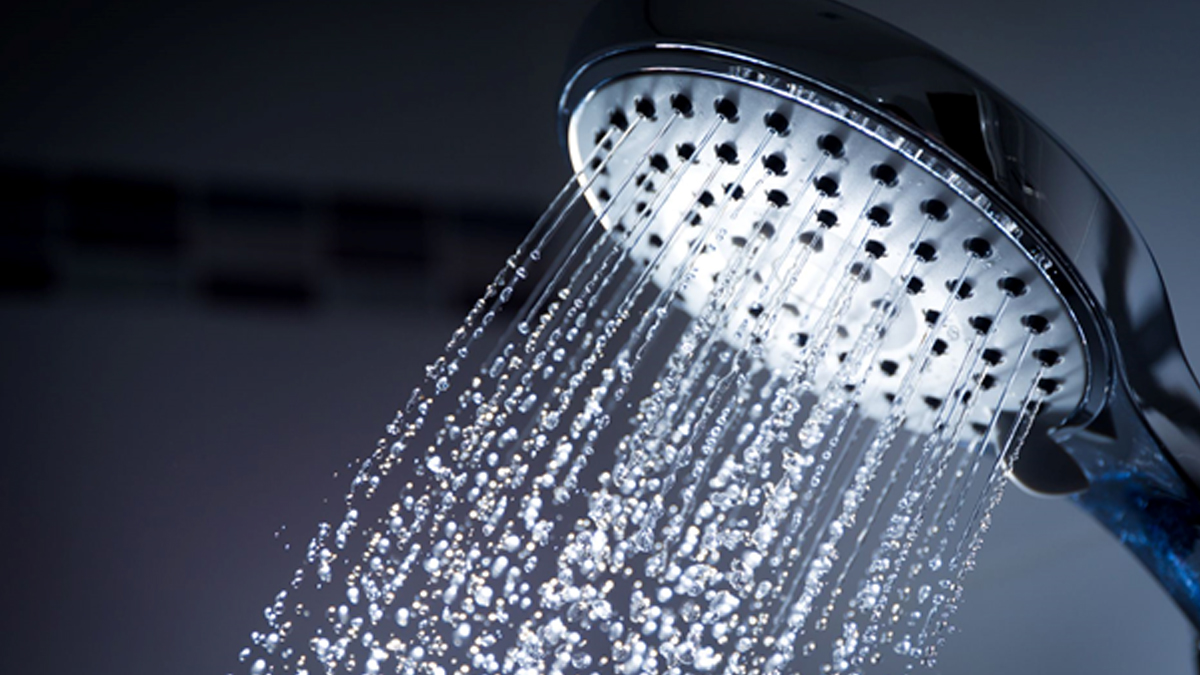
It is especially beneficial to do a short run before this procedure. It will increase lymph circulation and sweat and will be the most productive. Alternatively, you can finish your regular shower with a cold water shower. Start with 3 min of a very warm shower, and alternate it with the 30 seconds of a cold shower. Thoroughly dry and rub your skin with a towel, to enhance circulation and have a warm effect on the skin. Put on warm clothes and socks (unless it is summer).
Avoid drafts or instant exposure to cold. Alternatively, fill two buckets with water of contrast temperatures. Standing in a bathtub or on the ground, dump the warm one onto yourself, starting with your head. Follow up with the cold water.
Frequency:
It can be done daily to a few times a week.
More advanced version: Steam Sessions alternating with cold plunges or water buckets are best for lymph detox. These are available in Nordic spas and are worth the investment. Doing one every 3-4 weeks in the cold season will greatly boost your immune system and may decrease or eliminate seasonal flu and colds.
Contraindications:
Severe heart conditions, Reynold’s and general debilitation of the body, acute infection, cold or flu. If you have a weakened immune system (meaning you get easily sick from drastic changes in body temperature), you need a warm season. You need to gradually “temper” your immune system. You can also start by doing hot and cold foot baths vs full body. See what is safe for you.
Home Lymph Cleanse #3: Dry Skin Brushing
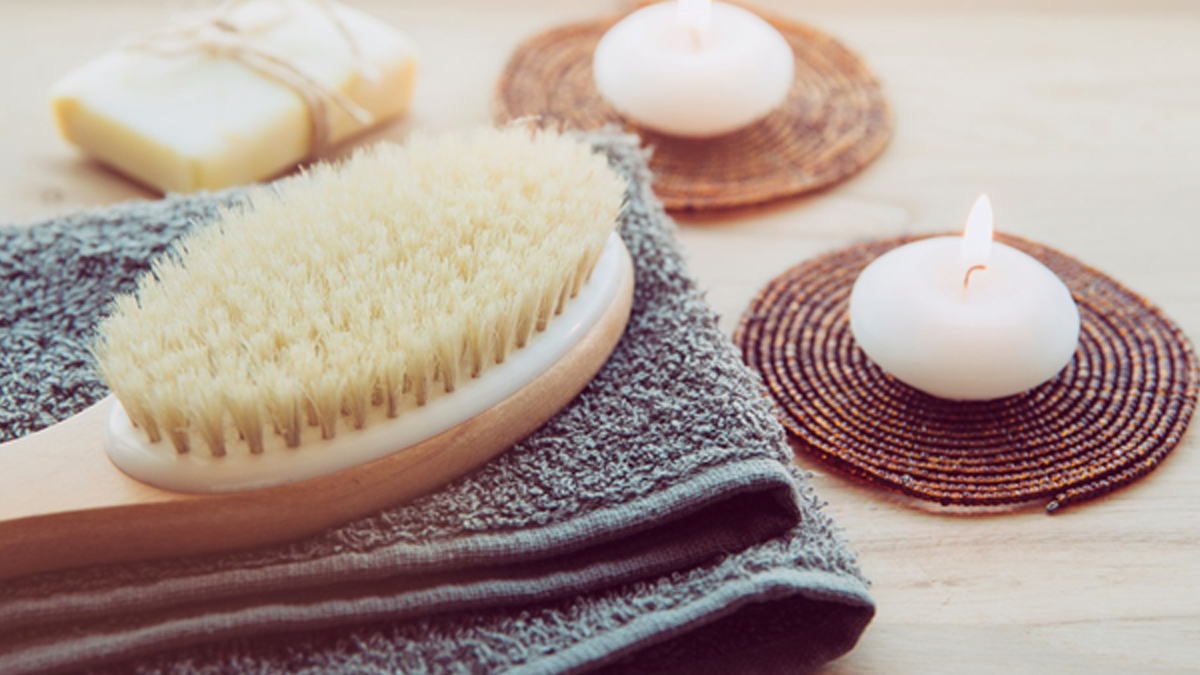
Dry skin brushing (naturally made brush) is an ayurvedic approach that helps to stimulate the lymph system, remove dead skin cells, helps to eliminate toxins from the body, improve overall blood circulation, and help to break down cellulite. As mentioned before, sweat is one of the important gateways for eliminating toxins and keeping the lymphatic system healthy. The coarse bristle brush helps stimulate the skin’s pores and makes it easy for the body to eliminate sweat, ultimately reducing toxins from the lymphatic system.
Frequency:
Daily to several times a week
Contraindications:
Infectious skin diseases, open wounds and sores, cancer and other conditions when enhancing lymph circulation may be contraindicated (ex., advanced heart or kidney disease).
FAQs
3. How do you clear blocked lymph nodes?
The following holistic methods can help clear blocked lymph nodes:
1. Proper diet
2. Consumption of water
3. Regular exercise
4. Detox retreat
The symptoms of lymphoma are
1. Fever
2. Swelling of the lymph nodes
3. Fatigue
4. Excessive night sweating
5. Loss of energy
6. Sudden weight loss
7. Skin-related issues.
Having a proper diet and regular exercises, such as yoga or running, can help you work the lymphatic system properly and flush out toxins from your body.
Final Thoughts!
The lymphatic system is one of the most complex systems in your body and is responsible for many functions. Besides garbage removal, a healthy lymphatic system improves your immunity and raises your “resistance” to diseases. Keeping this system clean is essential. Having a detox retreat with like-minded people coming together to become a better version of themselves is a great option. At Fresh Start, we use various methods and body treatments to assist with quality whole-body detoxification. You can start your detox journey by visiting our website or calling 1-888-658-3324.

